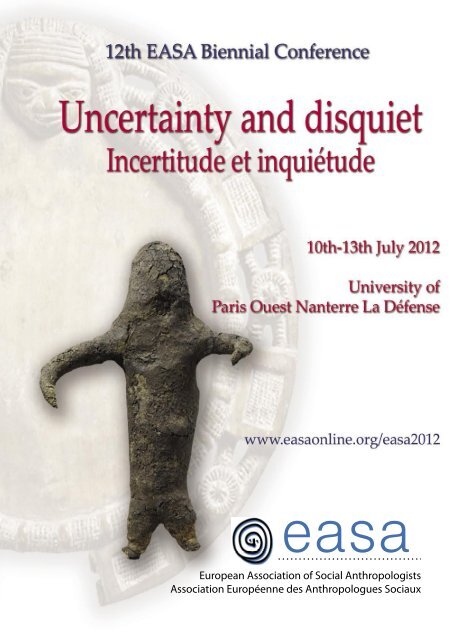
Title: Mysticism and Authority: Ancient Psychedelic Practices in Peru’s Andes Unveil Early Mechanisms of Social Control
Perched high in the Peruvian Andes at an impressive altitude of 10,000 feet, the ancient civilization of Chavín de Huántar has long been acknowledged as a foundation of South America’s early advanced societies. However, archaeologists have recently revealed astonishing new findings regarding how Chavín leaders may have sustained their dominance—not with brute strength, but through the transformative influence of hallucinogenic ceremonies.
A pioneering study recently published in the Proceedings of the National Academy of Sciences outlines how a team from the University of Florida, Stanford University, and other South American institutions has uncovered conclusive proof of psychoactive plant usage in ceremonial contexts dating back approximately 3,000 years. This discovery provides a fascinating window into how Chavín elites may have utilized altered states of consciousness as a deliberate method of exerting social control.
Archaeological Discovery
The breakthrough revolves around a collection of ritual artifacts located at Chavín de Huántar, an extensive stone temple complex in present-day Peru. Among the most astonishing discoveries were ancient snuff tubes—ceremonial devices crafted from hollowed animal bones—uncovered in specific chambers with limited access within the temple’s intricate layout.
Chemical and microscopic examinations of residues found within the tubes verified the presence of two powerful psychoactive substances: nicotine and vilca. The former originated from indigenous strains of wild tobacco, while the latter is sourced from Anadenanthera colubrina, known locally as vilca—a plant abundant in strong hallucinogenic compounds like DMT.
“Using psychoactives wasn’t solely about having visions,” clarified Dr. Daniel Contreras, an anthropological archaeologist at the University of Florida and co-author of the research. “It was a component of a stringently regulated ritual, likely reserved for a select group, thereby reinforcing the social structure.”
Reinforcing Disparity Through Mystical Encounter
In contrast to psychedelic traditions in other ancient civilizations, which were typically communal and open, Chavín rituals seem to have been highly exclusive. The snuff tubes were discovered in small stone chambers where only a handful of individuals could fit simultaneously. This spatial limitation, together with the mind-altering substances, implies that the experiences were crafted to be overwhelming and enigmatic—bolstering the perceived divine or cosmic authority of Chavín priests and leaders.
“The supernatural realm isn’t inherently benevolent, but it wields significant power,” Contreras noted. “These rituals, frequently augmented by psychoactives, were persuasive, transformative encounters that solidified belief systems and social frameworks.”
The Chavín temples themselves were wonders of sensory influence. Scholars found indications of conch-shell trumpets and acoustical chambers apparently designed to elevate ritual performances, providing a fully immersive experience for participants under the effects of hallucinogens.
Molding a Complex Society
These recent findings are not merely indications of early drug usage. They suggest a refined strategy of ideological authority, one that predates the militaristic states and defined class systems of later Andean empires.
For nearly thirty years, Contreras and co-researcher John Rick, Professor Emeritus at Stanford, have explored how Chavín leaders employed these sacred ceremonies not only to connect with the divine but also to position themselves as mediators to supernatural forces. This divine connection conferred legitimacy upon them and inspired people to invest their labor and resources into the construction of monumental temples—often in challenging conditions at high altitudes.
“Individuals weren’t necessarily forced into building or compliance,” Contreras stated. “They sincerely believed in the spiritual and social significance of the endeavor.”
A Crucial Moment in Andean History
Since its discovery more than a century ago, Chavín de Huántar has represented an intriguing symbol of cultural evolution. The site serves as a bridge between early egalitarian communities and the highly stratified societies such as the later Inca Empire. But how did relatively small, early priestly elites manage to persuade large populations to follow and accept their authority?
The latest discoveries provide insights into this question. By presenting select individuals with transformative—and often daunting—experiences of what they interpreted as supernatural, Chavín leaders crafted belief systems that made inequality seem natural, even essential.
These experiences were not distributed randomly but carefully controlled. Access was a privilege—and being excluded likely deepened commoners’ respect for those chosen. Consequently, social stratification became embedded directly into the religious and spiritual customs of Chavín culture.
“Through ideology and experience, they cultivated the belief that this entire initiative was a beneficial idea,” remarked Contreras.
Innovative Science Meets Historic Rituals
The research team integrated traditional archaeological excavation with state-of-the-art analytical techniques. Through microbotanical and chemical residue analysis, researchers could identify not only the types of plants utilized but also their modes of consumption—opening a previously inaccessible gateway into an ancient worldview centered around altered states.